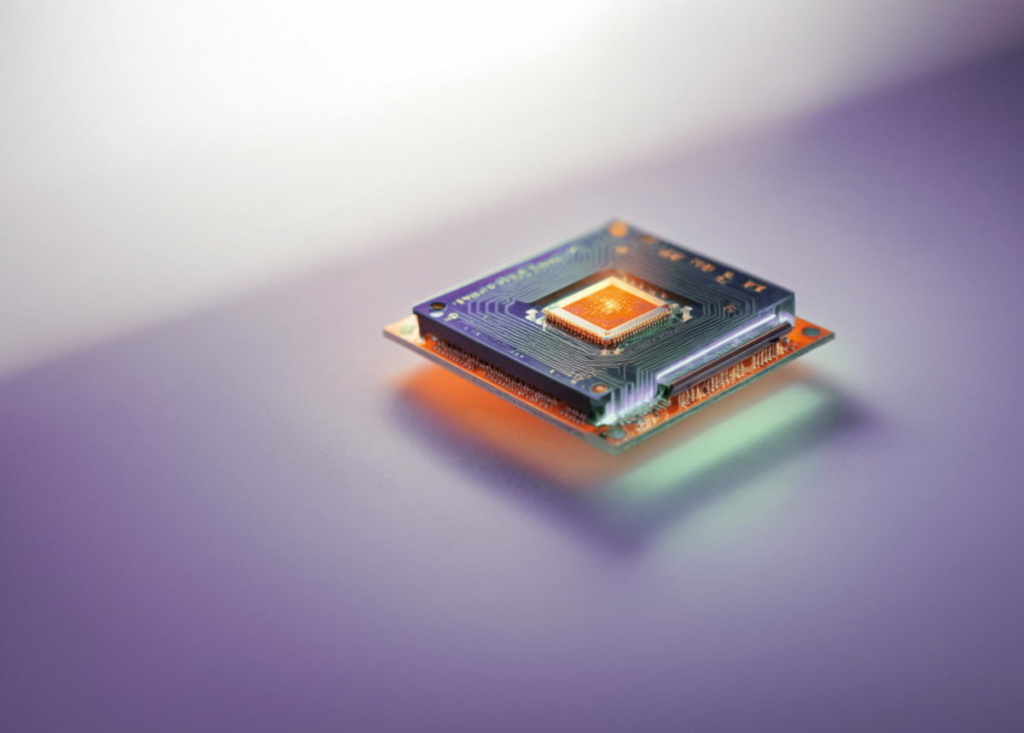
Epiphany points the way in the integrated-photonics jungle
A new integrated-photonics design house has emerged from the Dutch Photondelta ecosystem. Leveraging more than four decades of cumulative experience, Enschede-based Epiphany Design aims to act as a glue in the fragmented European integrated-photonics landscape. Design software, material platforms, foundries, packaging and testing – for every integrated-photonics product, there’s an optimal choice and combination, in terms of both cost and technology, and Epiphany will (help) find them.
“As integrated photonics gains traction, a lot of photonics companies are popping up. We want to guide them through the range of technology options available to them. Conversely, there’s a lot of foundries around, which we can assist in becoming accessible to connect to a wider range of potential customers,” says Jörn Epping, co-founder and CEO of Epiphany.
“Small companies can’t afford to work with all available design software – there are over ten software packages to work with. Making design kits in all of them would require massive teams, which they obviously can’t afford. Most foundries aren’t big enough to support all of the software options either. For design software companies, these players don’t generate enough revenue to offer tailor-made solutions. We see an opportunity to act as a bridge, ultimately helping speed up the adoption of integrated-photonics technology,” adds Arjen Bakker, co-founder and CTO of the young firm.
Visibility
Bakker has spent half a lifetime in integrated photonics. He was one of five people starting BBV, the world’s first photonics design and software house, in the early 1990s. Well over a decade later, he co-founded Phoenix Software, which was absorbed by EDA giant Synopsys in 2018. Bakker spent a good few years with the US company before deciding that it was time for another entrepreneurial adventure. He teamed up with Germany’s Epping, who acquired commercial experience at integrated-photonics pioneer Lionix and photonic quantum computing outfit Quix Quantum.
Given Epiphany’s mission, it’s shouldn’t come as a surprise that the company will be technology-agnostic, supporting the major indium phosphide, silicon and silicon nitride platforms as well as emerging materials. Bakker: “It’s often advantageous or even necessary to combine these. Such heterogeneous or hybrid integration fits our expertise especially well. I could imagine us offering off-the-shelf active components as standard building blocks, which would be combined with a passive design we tailor to the needs of the customer.”
Epiphany’s involvement will be as much as the customer wants it to be. A company with an internal design team might hire the startup only to assist with design kits. Another company might be completely new to integrated photonics and would need Epiphany to handle the entire chain of specifications, design, manufacturing, packaging and testing. “This is where our extensive experience really sets us apart. To get the best possible solution, you need a good overview of the whole value chain. Especially since design decisions often affect manufacturing and packaging options,” says Epping.
“There’s a lot of money being invested in this field, there’s a lot of technology flavors around and there’s a lot of interest in integrated-photonics technology from the applications side, but there’s a lack of people to translate all those ideas into reality. This is the opportunity we see,” Epping continues. “We’ll also offer our expertise in various European projects, which would certainly move things at a faster speed. Ultimately, this would boost the entire European integrated-photonics system, which is exactly what the European Chips Act aims to do,” says Bakker.
This article was written in close collaboration with Photondelta. Main picture credit: Epiphany Design.





